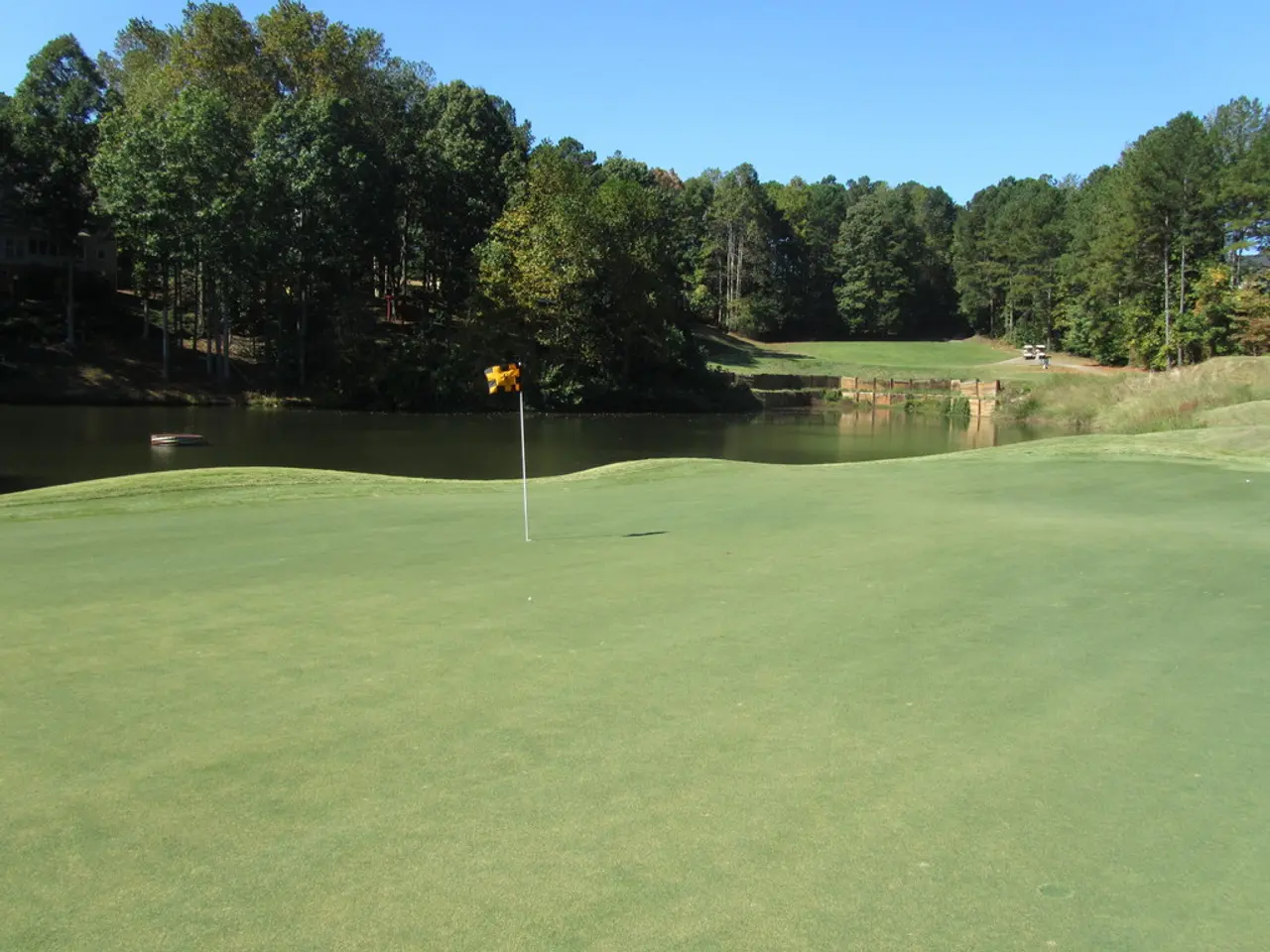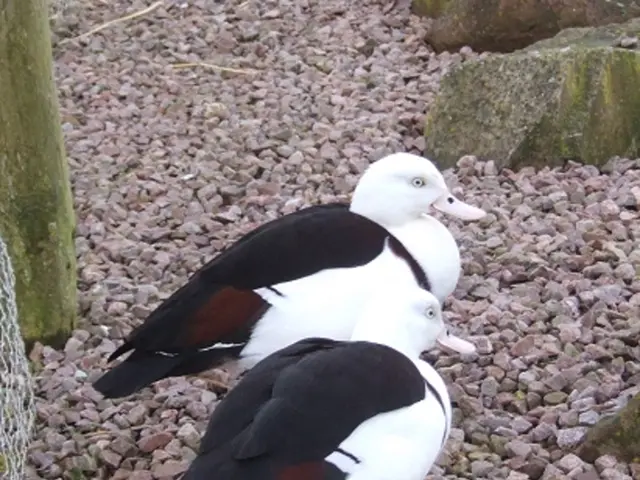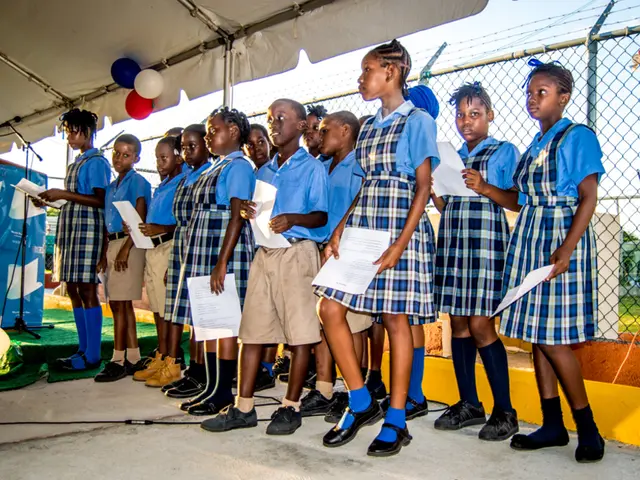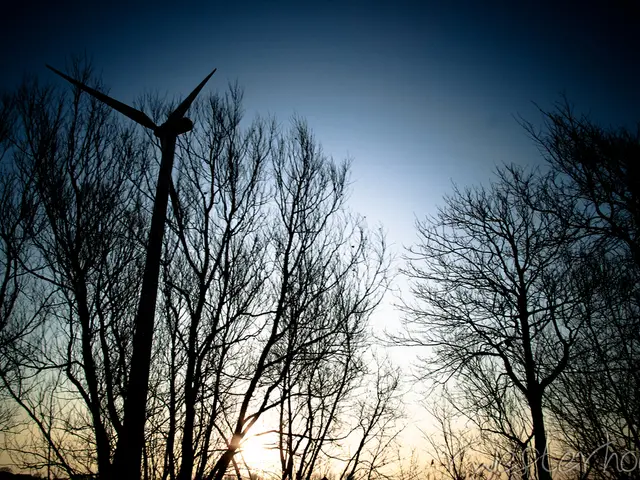First Floating-PV Plant in Bad Schönborn Generates Electricity, Closely Monitored
A new Floating-PV (FPV) plant on Lake Philippsee, Bad Schönborn, has been generating electricity since August 1, 2024. This is the first FPV plant at this location, as no such plant existed previously.
The FPV plant is monitored to assess its impact on the water and ground. Regular investigations are conducted by a team from Limknow. Key aspects include water quality, nutrients, heavy metals, and pollutants. The plant's operation should not deteriorate the lake's quality, given it's also a bathing lake with a beach and a fishing area. Ideally, the plant would have minimal impact, potentially even creating ecological benefits.
Stephan Hilgert and his team are studying two lakes in the region: Lake Philippsee and the gravel pit lake at Iffezheim. Monitoring at Lake Philippsee involves taking samples at two locations. Around 70% of the electricity produced goes to the gravel pit, with excess energy fed into the public grid. The monitoring is in its second year and will continue in 2026, with further investigations planned after five, ten, or fifteen years. Additionally, the plant's floating bodies are monitored to check if they distribute microplastics in the lake due to abrasion. Temperature and oxygen content are measured throughout the year at three different depths using data loggers.
The FPV plant on Lake Philippsee is a novel addition to the region, with its impact closely monitored. Initial findings are positive, with minimal impact expected. Further investigations will provide more insights into the plant's long-term effects on the lake and its surroundings.
Read also:
- Catastrophe at a U.S. Steel facility in Pennsylvania results in the loss of two lives. crucial details unveiled
- Auto Industry Updates: Geotab, C2A, Deloitte, NOVOSENSE, Soracom, and Panasonic in Focus
- Liverpool unveils plans for expanding its electric fleet: intends to incorporate 50 new electric buses
- Battle for Corporate Liability in Addressing Climate Damages








